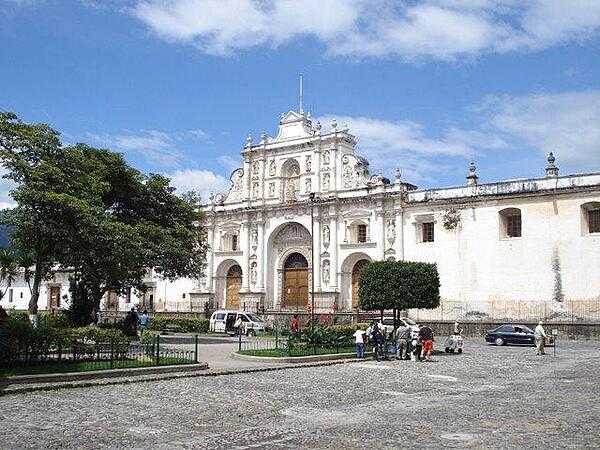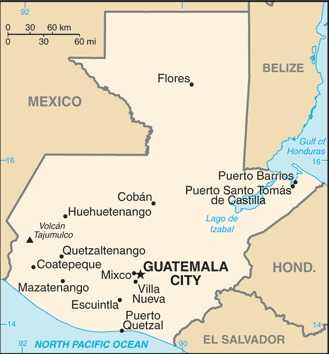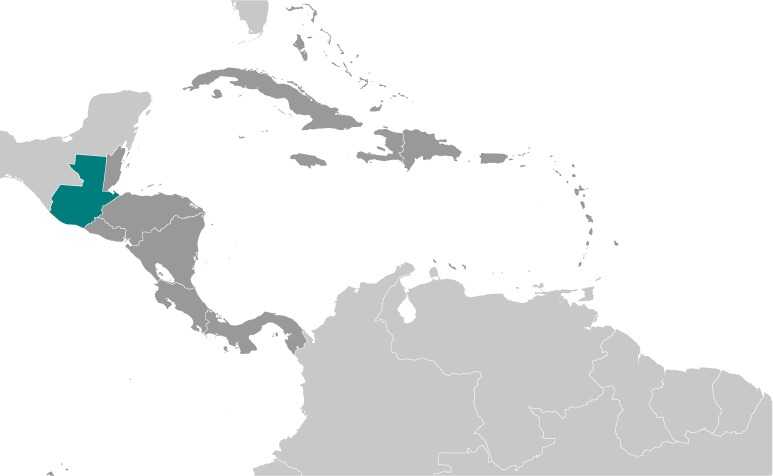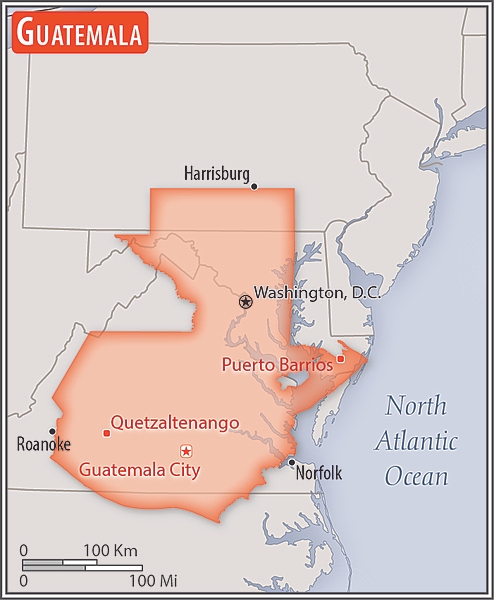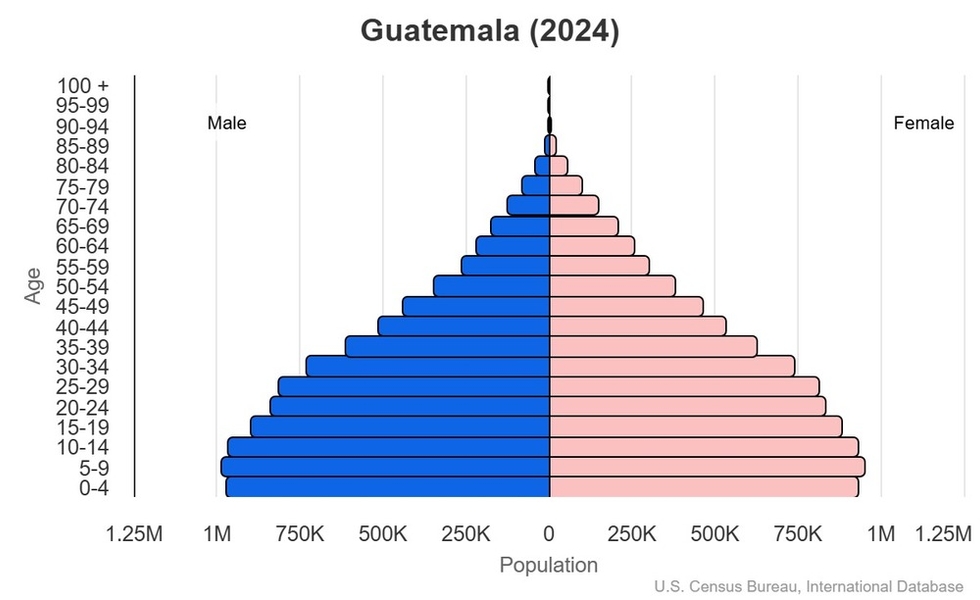Introduction
Visit the Definitions and Notes page to view a description of each topic.
Geography
People and Society
Population
comparison rankings: total 69; male 68; female 70
Languages
Median age
comparison ranking: total 174
Population growth rate
comparison ranking: 64
Birth rate
comparison ranking: 59
Death rate
comparison ranking: 200
Net migration rate
comparison ranking: 161
Maternal mortality ratio
comparison ranking: 67
Infant mortality rate
comparison ranking: total 59
Life expectancy at birth
comparison ranking: total population 149
Total fertility rate
comparison ranking: 70
Obesity - adult prevalence rate
comparison ranking: 92
Alcohol consumption per capita
comparison ranking: total 135
Tobacco use
comparison ranking: total 115
Children under the age of 5 years underweight
comparison ranking: 34
Education expenditure
comparison ranking: Education expenditure (% GDP) 146
Environment
Carbon dioxide emissions
comparison ranking: total emissions 92
Government
Economy
Real GDP (purchasing power parity)
comparison ranking: 71
Real GDP growth rate
comparison ranking: 93
Real GDP per capita
comparison ranking: 136
Inflation rate (consumer prices)
comparison ranking: 86
GDP - composition, by sector of origin
comparison rankings: agriculture 73; industry 121; services 77
Industrial production growth rate
comparison ranking: 100
Labor force
comparison ranking: 66
Unemployment rate
comparison ranking: 20
Youth unemployment rate (ages 15-24)
comparison ranking: total 167
Gini Index coefficient - distribution of family income
comparison ranking: 16
Public debt
comparison ranking: 164
Taxes and other revenues
comparison ranking: 119
Current account balance
comparison ranking: 39
Reserves of foreign exchange and gold
comparison ranking: 59
Debt - external
comparison ranking: 46
Energy
Electricity
comparison rankings: installed generating capacity 91; consumption 98; exports 68; imports 71; transmission/distribution losses 117
Energy consumption per capita
comparison ranking: 135
Communications
Telephones - fixed lines
comparison ranking: total subscriptions 51
Telephones - mobile cellular
comparison ranking: total subscriptions 64
Broadband - fixed subscriptions
comparison ranking: total 79
Transportation
Merchant marine
comparison ranking: total 162
